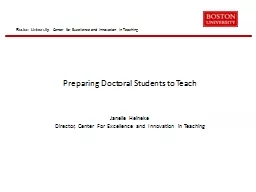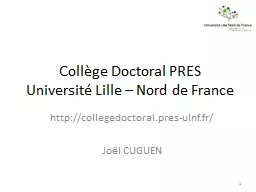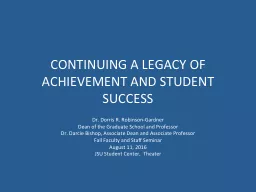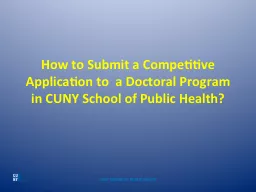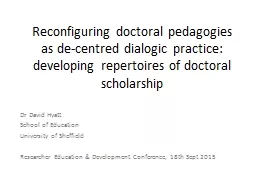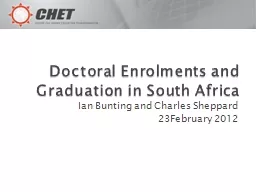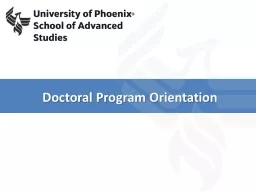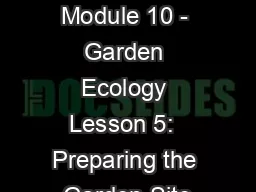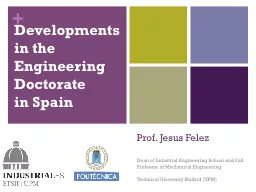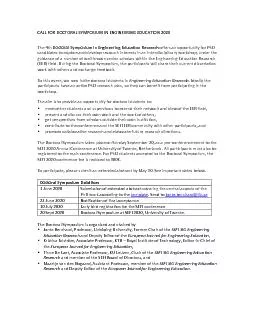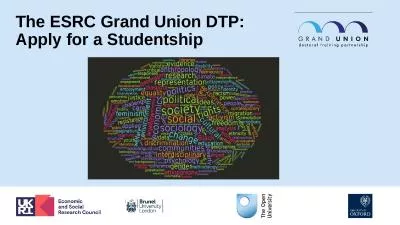PPT-Preparing Doctoral Students to Teach
Author : danika-pritchard | Published Date : 2016-10-13
Janelle Heineke Director Center For Excellence and Innovation in Teaching This varies by program Could be to prepare students for Pure research roles Advanced practice
Presentation Embed Code
Download Presentation
Download Presentation The PPT/PDF document "Preparing Doctoral Students to Teach" is the property of its rightful owner. Permission is granted to download and print the materials on this website for personal, non-commercial use only, and to display it on your personal computer provided you do not modify the materials and that you retain all copyright notices contained in the materials. By downloading content from our website, you accept the terms of this agreement.
Preparing Doctoral Students to Teach: Transcript
Download Rules Of Document
"Preparing Doctoral Students to Teach"The content belongs to its owner. You may download and print it for personal use, without modification, and keep all copyright notices. By downloading, you agree to these terms.
Related Documents

